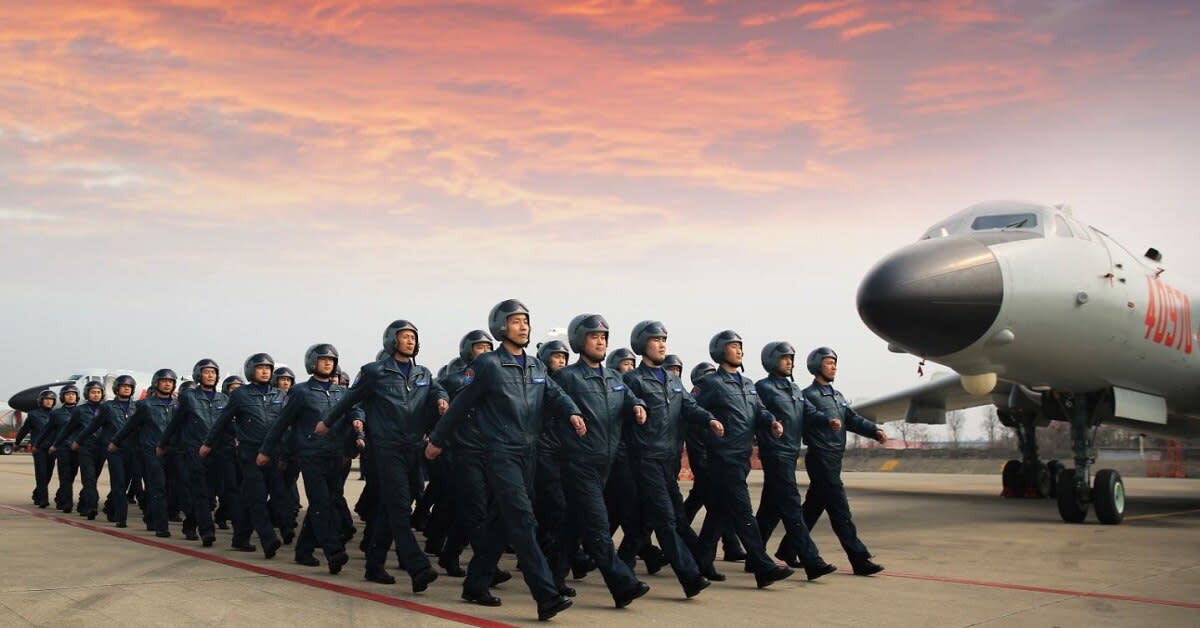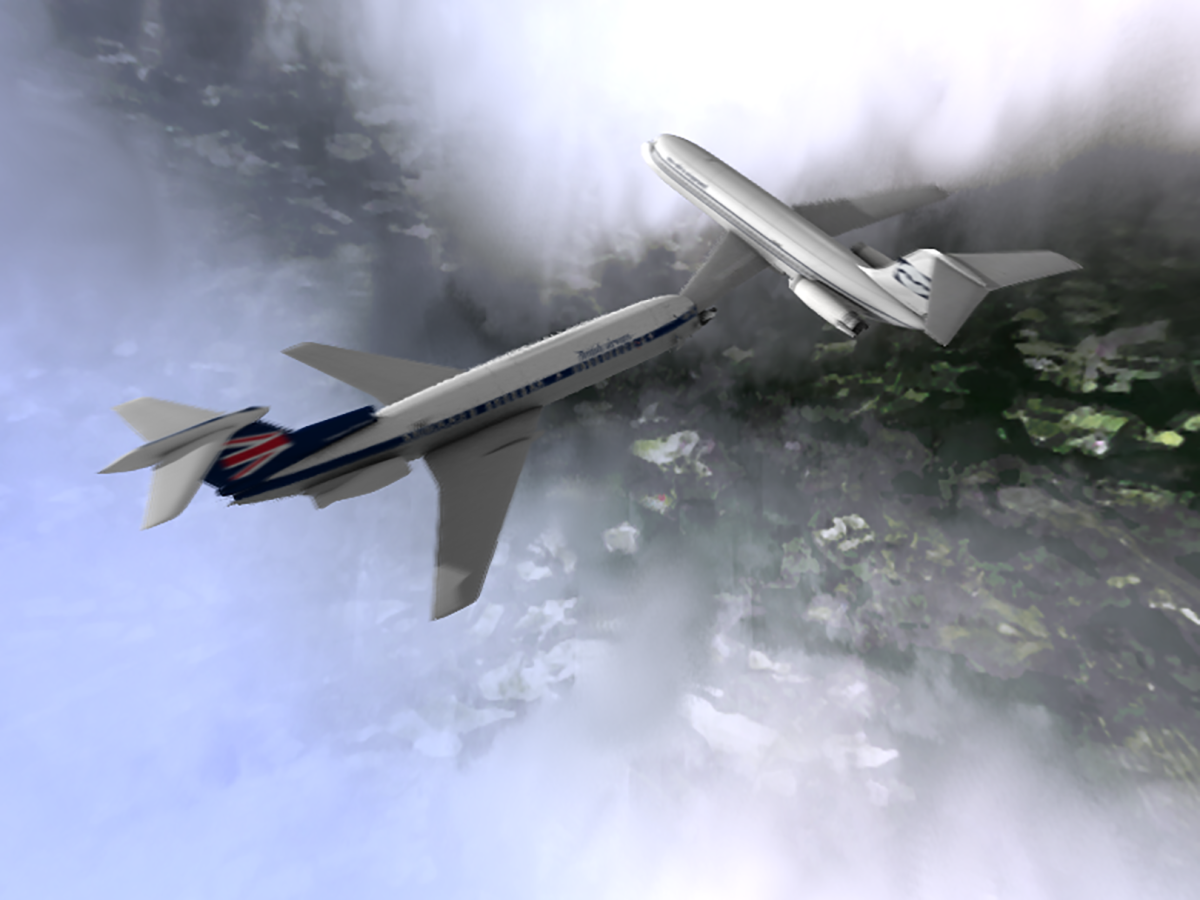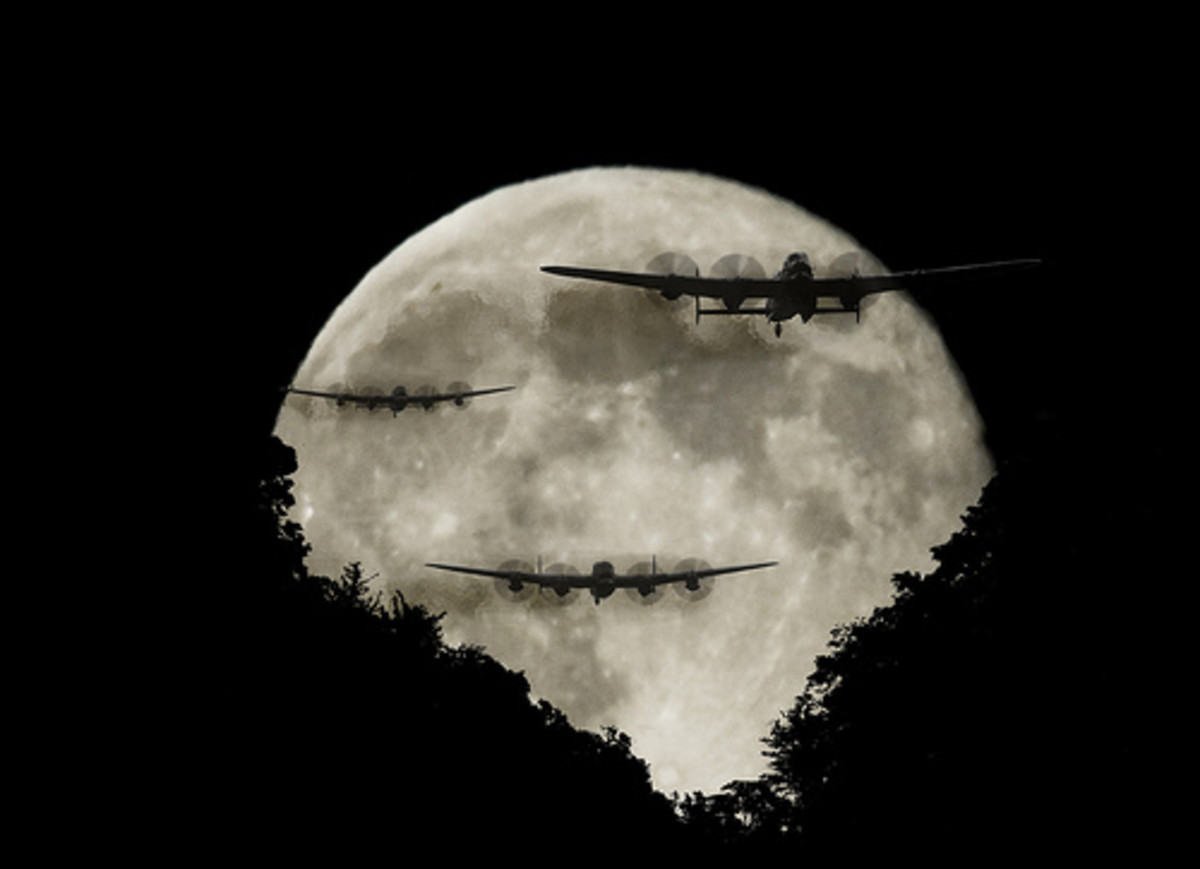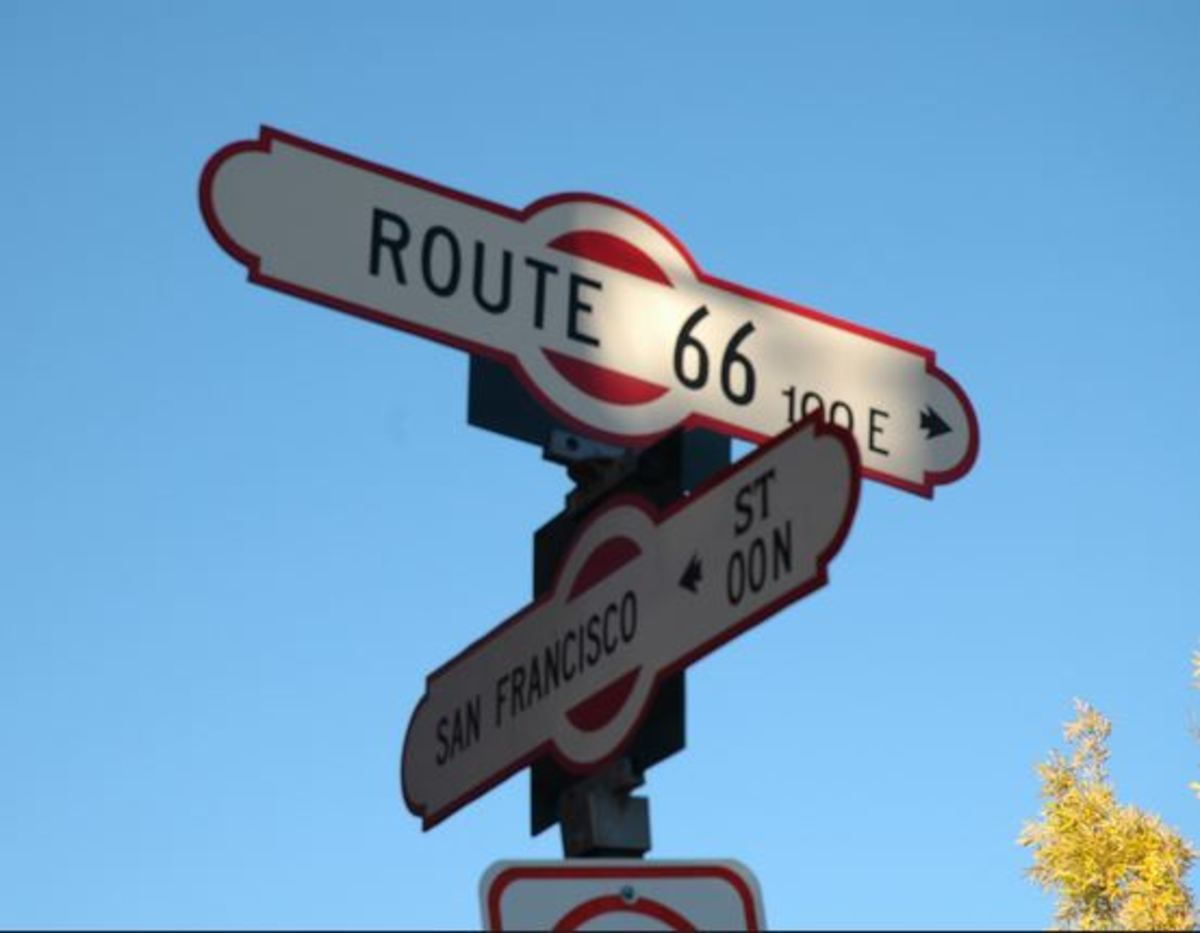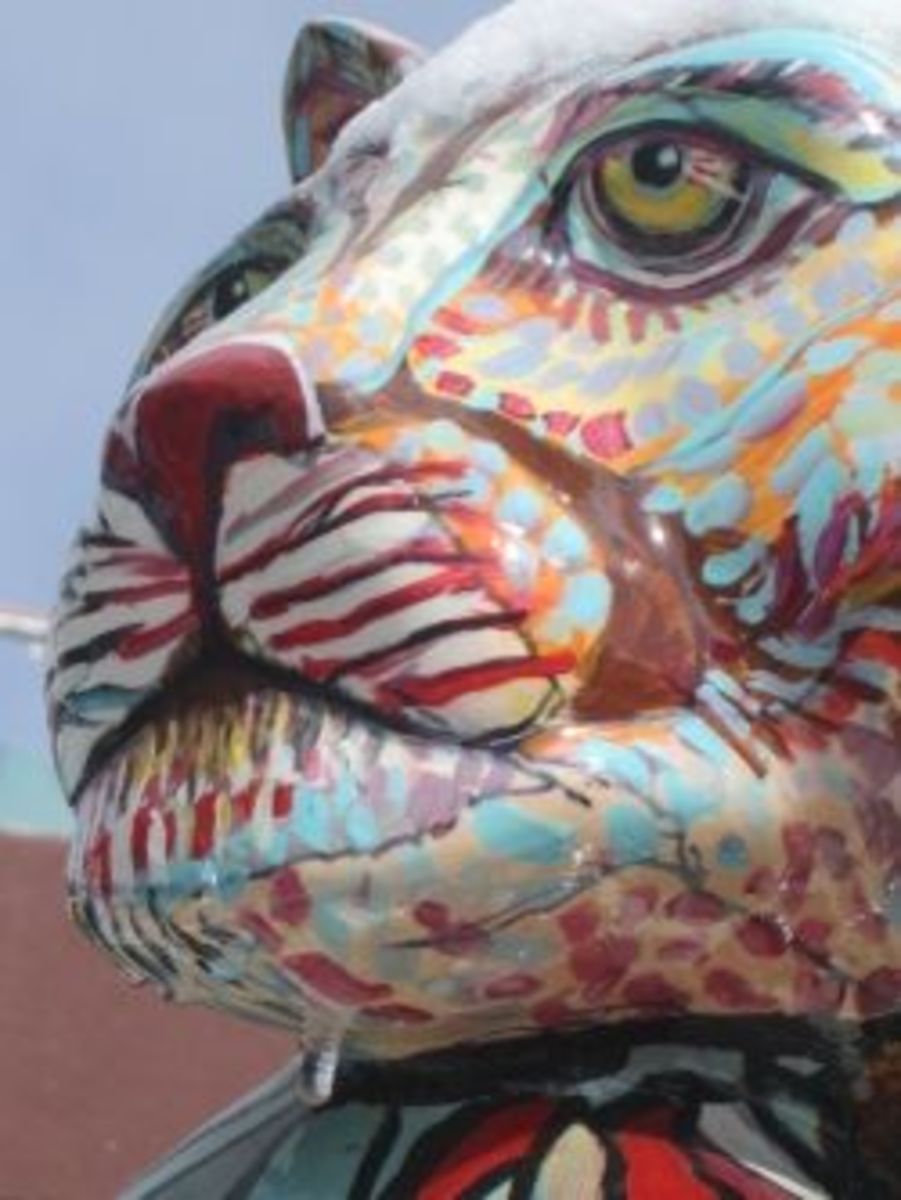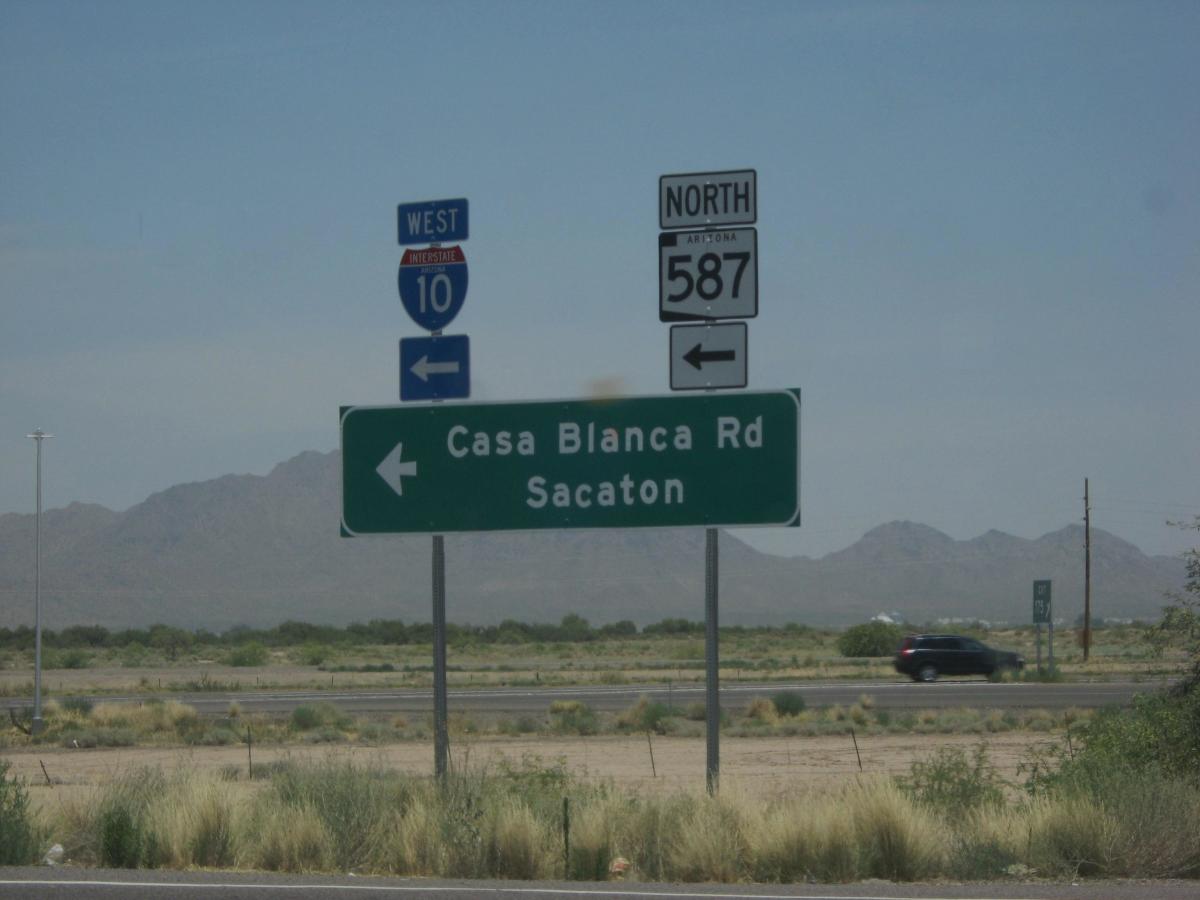- HubPages»
- Travel and Places»
- Visiting North America»
- United States»
- Arizona
An Air Force Base Remembers its Veteran Pilots and Their Aircraft
A Base Named for Two Local Military Aviators
Once located on the outskirts of Tucson, Davis-Monthan Air Force Base has now become engulfed by the growing city.
While no longer outside of the city, the base remains a major Air Force base serviced by over 7,000 military and 1,600 civilian personnel.
While its primary current mission is the training of A-10 and OA-10 fighter pilots as well as providing A-10 and OA-10 fighter planes for close air support to ground forces worldwide, the base also serves as the bone yard for storing decommissioned aircraft from all the nation's military services.
Visiting the base one can see acres and acres of decommissioned military planes of every type sitting idly under the dry desert sun.
USAF A-10A Fighter jet
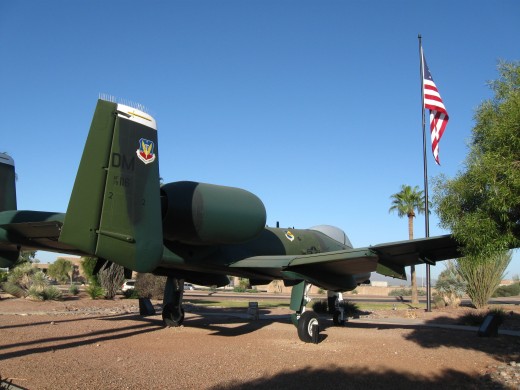
Some of these planes are standing by ready to be called back into service should the need arise, while others are waiting to be cut up and sold as scrap or outfitted as drones to be flown remotely one final time over one of the nearby aviation gunnery ranges where they serve as targets in the training of new fighter pilots.
Like many airports and military bases, Davis-Monthan is named for two former military aviators, both veterans of World War I.
Second Lieutenant Samuel H. Davis attended the University of Arizona in Tucson before enlisting to fight in 1917. Davis survived the war and remained in the Army Air Corps where he died in a military aircraft accident while serving in Florida in 1921.
USAF F-105 "Thud" Fighter Jet
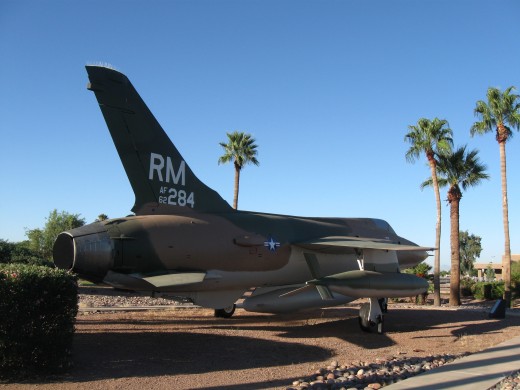
Oscar Monthan, on the other hand was born in Dewsbury, England in 1885, then, as a child, moved first to Canada and then to Tucson, Arizona in 1900 with his parents.
When the United States entered World War I in 1917, Oscar and his two brothers enlisted in the Army Air Corps. While he enlisted as a private, Monthan earned both his aviator's wings and second lieutenant's commission in 1918.
Like Davis, Monthan remained in the Army Air Corps after the war. On March 27, 1924 while on a training mission in Hawaii, Monthan and four fellow crew members died when their Martin 2B Bomber crashed.
Monthan was buried in Tucson where, on September 23, 1927 the new municipal Airfield was opened with the name Davis-Monthan.
Originally the largest municipal airfield in the United States, Davis-Monthan was a civilian airfield until 1940 when it was converted to the Davis-Monthan Army Airfield in preparation for World War II.
Following the separation of the Air Corps from the Army to form a separate military branch, the U.S. Air Force, Davis-Monthan became known officially as Davis-Monthan Air Force Base in 1948.
Col Robin Olds' F-4 Phantom Fighter
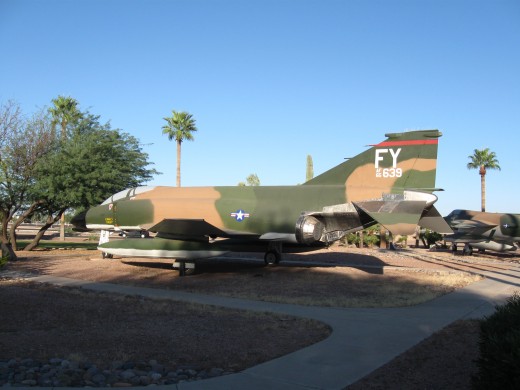
Aircraft Now Sit Peacefully in the Desert
Planes and crews from Davis-Monthan AFB have helped with the nation's air defenses during the Cold War, Vietnam, the Gulf War and now the wars in Iraq and Afghanistan.
While it remains an active and busy Air Force base, there is, just past the entrance gate, an island of tranquility where one can pause and reflect on the men and aircraft who have served so gallantly during the turbulent era of the past half century.
Here, amidst lush green grass and palm trees, is a peaceful desert oasis honoring the men and aircraft who guarded our skies during the wars, both hot and cold, of the past half century.
F-4 Phantom II Fighter Jet Showing 3 of the 4 Stars for Shooting Down Enemy Aircraft During Vietnam War
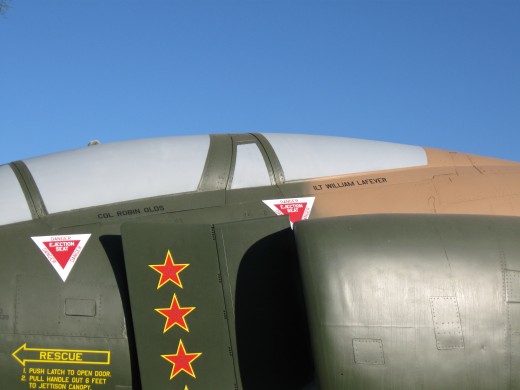
Strolling around this little memorial park, especially as Memorial Day or Veterans Day approaches, one cannot help but feel the contrasts.
Like veteran combat pilots who have survived war now relax enjoying the peace and freedom they once fought so valiantly for, these planes now rest peacefully under the cloudless desert sky.
Now permanently anchored to the ground, these aging planes once soared high above the earth to which they are now tied. But the skies in which they once flew were often foreign and hostile, filled with smoke and gunfire.
Like the human veterans who manned them, not all of their brother aircraft returned and the crumbling remains of many now lie in the foreign deserts, jungles, mountains and oceans where they met their fiery demise.
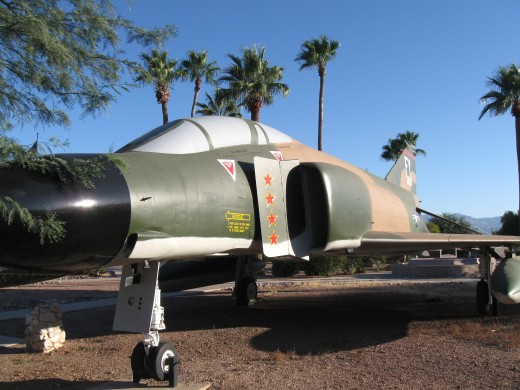
The Red River Valley Fighter Pilots Association
Next to each aircraft in one part of the park is a plaque identifying the plane and its history. However, each plaque contains the words Red River Valley Fighter Pilots Association , the group that apparently had some role in creating this memorial.
However, the Red River Valley in this name is not the Red River Valley along the Texas - Oklahoma border nor the Red River Valley of Manitoba, Canada both of which claim (along with many other locations) to be the inspiration for the famous cowboy love song, the chorus of which goes:
Come and sit by my side if you love me,
Do not hasten to bid me adieu,
Just remember the Red River Valley
And the cowboy that has loved you so true .
In this case the Red River Valley refers to the valley of the Red River, known locally as the Hong , Song Cai and Song Ca , that flows through the former North Vietnam from the Chinese border to the Gulf of Tonkin. The Hong River flows through Hanoi and enters the Gulf of Tonkin south of Haiphong which was the major port for the then North Vietnam.
The numerous strategic targets in the Hong (Red) River Valley led the U.S. to concentrate its bombing missions in this area. To protect the targets, the North Vietnamese and their Soviet Allies heavily fortified this route which resulted in many American aircraft being shot down in the Hong (Red) River Valley area.
Hong (Red) River Runs from China to the Gulf of Tonkin - Major Targets of U.S. Bombing were located along this River
Hanoi is the capital of Vietnam. The Hong River flows through Hanoi.
Haiphong was North Vietnam's major port city during the Vietnam War. The Hong River flows into the Gulf of Tonkin at a point south of Haiphong
Point where Hong River flows across the border between southern China and Vietnam.
Thai Binh is a city in Vietnam located southeast of the point where the Hong River flows into the Gulf of Tonkin
This Red River became a familiar landmark to the many fighter and bomber pilots who regularly flew over it en route to targets in North Vietnam during the Vietnam War.
This river was a landmark en route to combat.
Route Pack 6 was also a one way route for many of their fellow fliers who lost their lives or freedom after being shot down over North Vietnam thereby becoming statistics as KIA (Killed in Action), MIA (Missing in Action) or POW (Prisoners of War) in that conflict.
Origins of Red River Valley Fighter Pilots Association
According to the official history found on its website (http://www.river-rats.org/) the Red River Valley Fighter Pilots Association traces its roots to a tactics symposium held by Colonel (later Brigadier General) Robin Olds at the Ubon Royal Thai Air Force Base in Thailand in 1967.
Colonel Olds (1922 - 2007) was a legendary figure in the U.S. Air Force having joined the Army Air Corps in World War II where he became a double Ace after downing twelve Nazi aircraft in aerial combat during that war.
An air ace is a fighter pilot credited with shooting down 5 or more enemy aircraft during aerial combat. The number of aircraft shot down varies from nation to nation but five is the number used by the U.S. and many other nations.
The "ace" designation originated in World War I when aircraft first began engaging in direct combat.
In addition to the twelve aircraft he downed in the air, General Olds is also credited with destroying an additional eleven German aircraft on the ground. However, while a contribution to the war effort, destroying enemy aircraft on the ground does not count toward ace status.
General Olds was keenly interested in tactics and was responsible for introducing many new tactics that helped give American fighter pilots an edge during the Vietnam War.
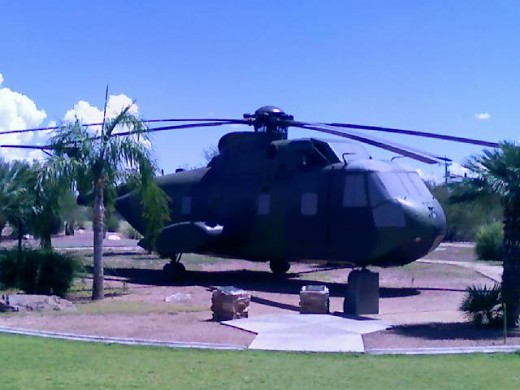
Colonel Olds Scored a Big Victory in the Air then Formally Organizes the Red River Vally Fighter Pilots Association
Having risen to the rank of Colonel, Olds found himself in command of the 8th Tactical Air Wing stationed at Ubon during the Vietnam War. In this position he personally led many raids on North Vietnam and is credited with crafting and leading America's greatest aerial combat victory, known as Operation Bolo, during that war.
On January 2, 1967, using both radio signals and a flight path regularly used by U.S. bombers, Olds and his F4 Phantom II fighters tricked the North Vietnamese into thinking that their MiG-21s would be engaging in turkey shoot by attacking a group of lumbering bombers which would be no match for the more agile MiGs.
To their surprise, the attacking MiGs found themselves facing wave after wave of F4 Phantom II fighters. As expected, it was a turkey shoot, only it was the Americans who did the shooting. In the engagement that ensued
The American fighters ended up downing a total of 7 North Vietnamese fighters, including a MiG-21 downed by Colonel Olds himself. None of the American fighters were lost in the battle.
In addition to downing the MiG-21 on January 2nd, Colonel Olds also downed three additional MiGs, including two in one day, during his tour of duty in the war.
This was one plane shy of ace status for the Vietnam War but, when added to his twelve kills during World War II, it brought his career downings to 16, elevating him to triple ace status.
Among the war planes sitting under the palms at Tucson's Davis-Monthan AFB is the F4 Phantom II flown by Colonel Olds during the Vietnam War.
In May of 1967 some of the American fighter pilots stationed at neighboring Korat Royal Thai Airbase in Thailand decided to follow up with another tactics conference at their base to which not only fighter crews but also bomber, escort and tanker crews were invited.
Like the Ubon symposium, the guest list was inter-service in that it included aircrews from all three services - Air Force, Marine and Navy - who were involved in flying combat missions over North Vietnam.
To add spice to the event, a dinner bash was included. It was at this event that someone conceived the idea of hanging a huge banner that read Welcome, Red River Valley Fighter Pilots Association thus giving a name to an organization that had yet to be formally organized.
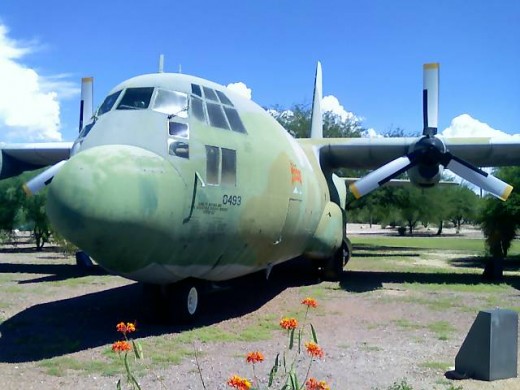
Back Home the Red River Valley Fighter Pilots Association is Formally Organized
It wasn't until two years later, when back in the United States in 1969 that the then Brigadier General Robin Olds and some other attendees from the meetings in Thailand, got together and formally organized the Red River Valley Fighter Pilots Association.
Membership was originally limited to flyers who had flown Route Pack 6 combat missions over North Vietnam.
Route Pack 6 was an air target area over North Vietnam, that included Hanoi and Haiphong, which was one of the most heavily defended and therefore, to attacking aircraft, the most dangerous aerial combat zone in the Vietnam theater of war.
Membership requirements for the Red River Valley Fighter Pilots Association have since been relaxed to include anyone who has flown as a U.S. military aircrew member.
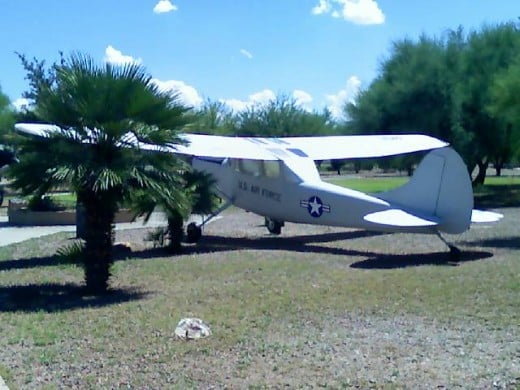
Maintaining Bonds of Friendship Among Flyers and Scholarships for Children of Fallen Comrads
War has a way of forging close bonds among those engaged in combat and these bonds are especially close among those who have shared combat experiences.
For the elite few who have served in aerial combat, the bonds are especially close.
Thus, those who survived combat missions in the Red River Valley of North Vietnam, never forgot their comrades who remained behind in the North as KIA, MIA or POW and it was the policy of the Association to never call their periodic get togethers a reunion as too many of the members of this combat fraternity remained behind in North Vietnamese prisons.
It wasn't until six years after the 1967 symposium in Ubon, Thailand, that the first official Red River Valley Fighter Pilots Association (or River Rats as they refer to themselves) reunion took place in Las Vegas, Nevada on August 24th and 25th of 1973.
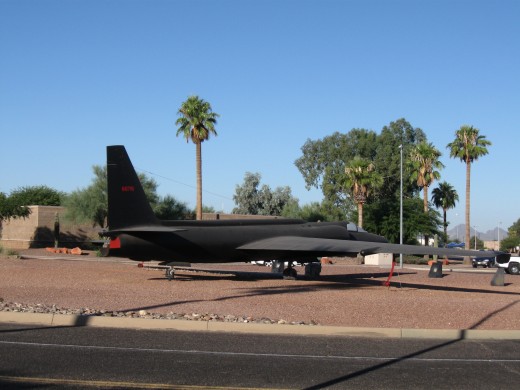
This event followed the release and return home of most of the POWs from North Vietnam (to this day there are still stories of American POWs languishing in jungle prison camps).
With most of the POWs home, the reunion was held and the replica of the Liberty Bell, made earlier by the Association, was finally rung.
Today the association is still going strong with new blood from recent wars joining the flyers from the Vietnam War in the Association's work of helping families of those killed, missing or taken prisoner in the wars since Vietnam.
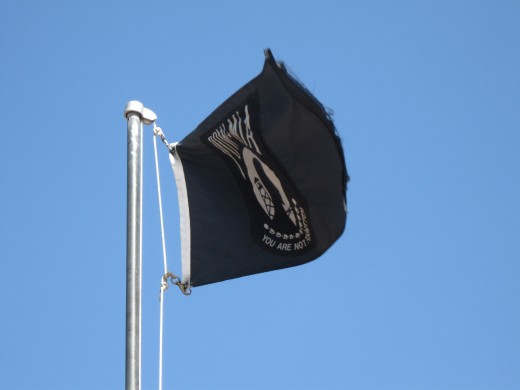
In addition to maintaining bonds between ex military aviators through periodic get togethers, the organization is active in helping families of aviators who have been killed, taken prisoner or have gone missing in action. This help is mostly provided through a scholarship program for the children of such aviators.
Originally created in 1970 for children of American military aviators who lost their lives or freedom during the Vietnam War, the scholarship eligibility has since been expanded to include the children of those lose their lives while operating U.S. military aircraft in peace as well as war. Since 1970 over 1,047 scholarships totaling over $1,768,745 have been awarded.
Base's Mission of Helping To Protect the Nation Continues
As for Davis-Monthan AFB, the memorial to flyers and aircraft of previous wars still sits peacefully inside the entrance gate. It remains a place for visitors to remember and meditate on the sacrifices of those whose past service kept our nation free.
Meanwhile, as planes and troops on the rest of the surrounding base continue to serve and stand guard on the home front while fighter aircraft and transports fly overhead in their ongoing mission to protect our nation and defend our freedom.
Davis-Monthan Air Force Base
Davis-Monthan AFB on the Southeast side of Tucson, Arizona
Sculpture at Davis-Monthan AFB Honoring POWs
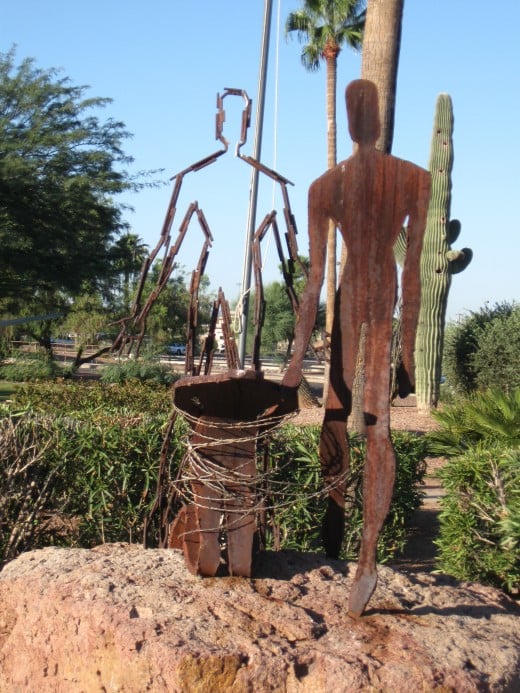
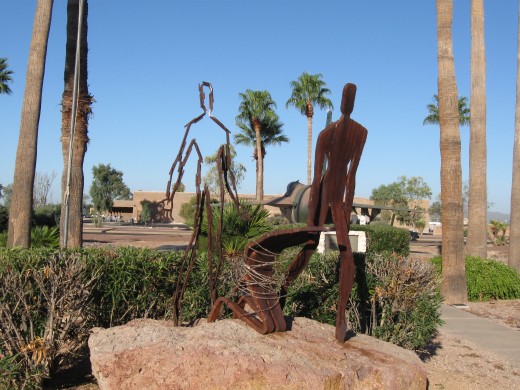
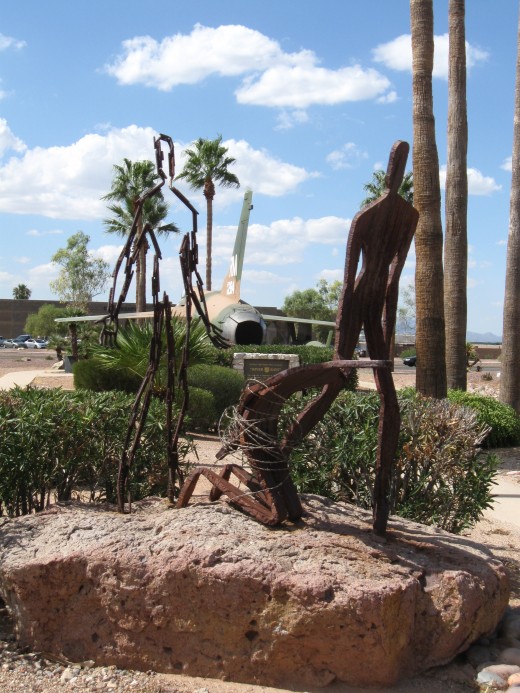
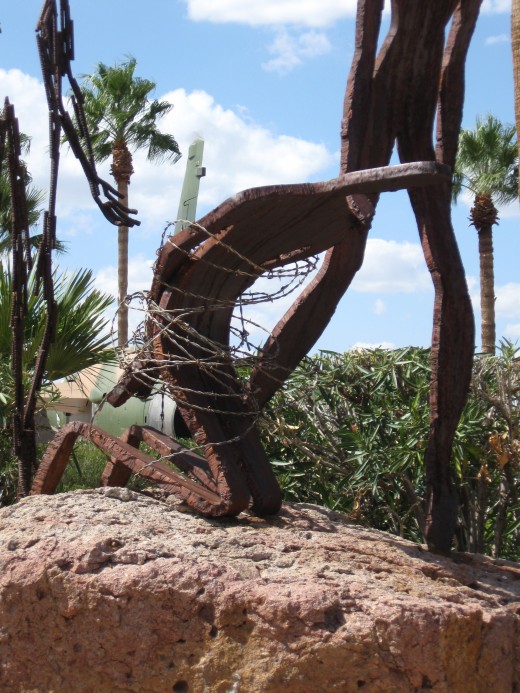
© 2008 Chuck Nugent


